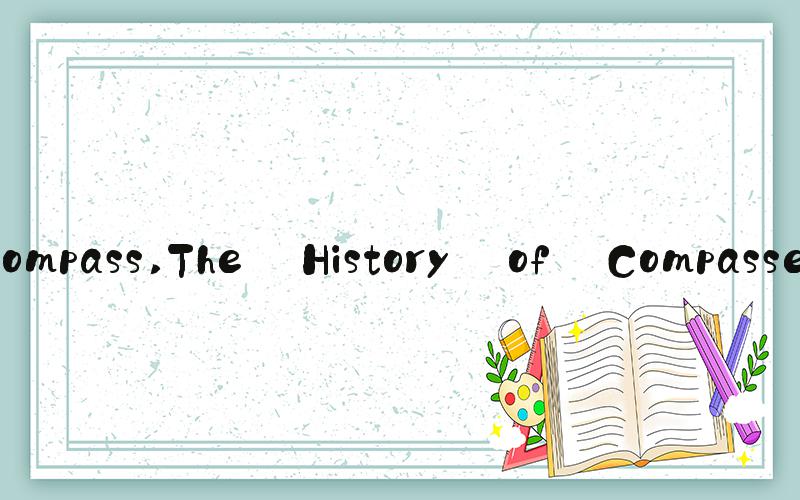AI答案
 Introduction: What is a Compass?
Introduction: What is a Compass?A compass is a tool used for finding direction by aligning with the Earth's magnetic field. It consists of a magnetic needle that rotates on a pivot, housed inside a case with markings indicating North, South, East and West. The needle always points towards Earth's magnetic North Pole, providing a reliable means of orientation for navigation purposes.
The History of CompassesThe first compass was invented in ancient China around 300 BC, made from a lodestone (a naturally magnetic rock) that was attached to a spoon-shaped object. The spoon was then balanced on top of a needle, and would rotate until it aligned with the Earth's magnetic field. Compasses were used by the Chinese primarily for divination and fortune-telling, before they were eventually adapted for navigational purposes.
Compasses were eventually introduced to Europe by Arab traders in the 12th century, where they quickly became essential for sea travel and exploration. They were used to calculate longitude and latitude, helping sailors navigate their way across vast oceans.
The Different Types of CompassesToday, there are many different types of compasses available, with varying sizes and features. Some of the most common types include:
Hand-held compasses: the most basic type, used for hiking and camping
Magnetic compasses: the most common type, using a magnetized needle and markings for direction
Gyrocompasses: used on ships to maintain orientation even in the presence of magnetic interference
Clinometer compasses: used to measure the slope or angle of a surface
Sighting compasses: used by surveyors or hikers to take precise bearings or measurements of distance
Compasses in Modern NavigationWhile modern technology has introduced GPS and other navigation tools, compasses remain a reliable and essential tool for outdoor adventurers, hikers, and sailors. The accuracy and reliability of compasses make them an excellent backup in case of GPS failure or other technical difficulties. Additionally, they require no external power source and can be used in any weather or lighting conditions.
Compasses are also used in orienteering competitions, a sport that requires participants to navigate across an unfamiliar terrain using only map and compass. Participants must use their compass to navigate to checkpoints and designated routes, completing the course in the least amount of time.
The Fascination with CompassesCompasses have always held a certain fascination and mystique. They represent a connection to the Earth and the universe, with the magnetic force that guides them evoking images of mystical energy and ancient wisdom. Compasses are also symbols of direction and guidance, often used as inspirational metaphors for finding one's way in life or in business.
Whether you are using a handheld compass on a hiking trip, or just admiring the intricate craftsmanship of an antique compass, the rich history and continued importance of these tools make them fascinating objects to explore and appreciate.
